| Structure | Name/CAS No. | Articles |
|---|---|---|
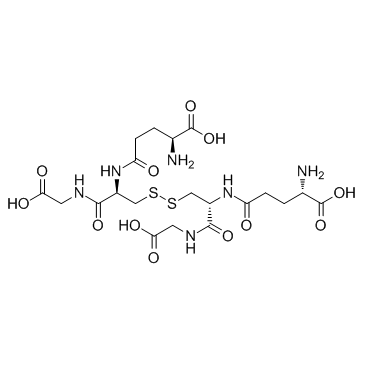 |
L(-)-Glutathione
CAS:27025-41-8 |
|
 |
sodium dodecyl sulfate
CAS:151-21-3 |
|
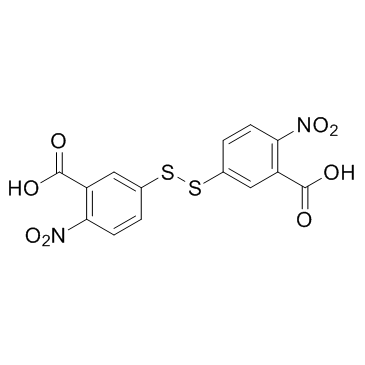 |
DTNB
CAS:69-78-3 |
|
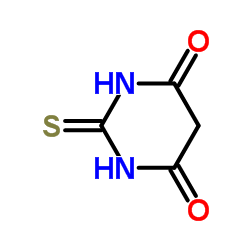 |
4,6-Dihydroxy-2-mercaptopyrimidine
CAS:504-17-6 |
|
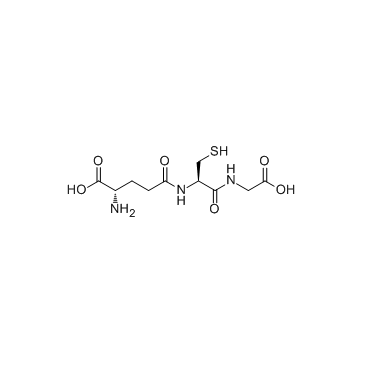 |
Glutathione
CAS:70-18-8 |
|
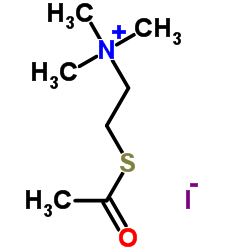 |
Acetylthiocholine Iodide
CAS:1866-15-5 |
|
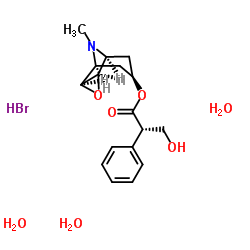 |
Scopolamine hydrobromide trihydrate
CAS:6533-68-2 |
|
 |
L-Glutathione oxidized disodium salt
CAS:103239-24-3 |
|
 |
trisodium phosphate
CAS:7601-54-9 |